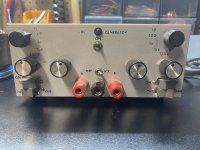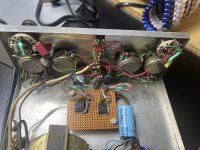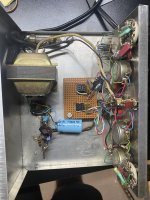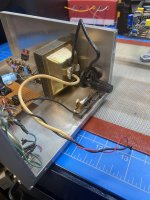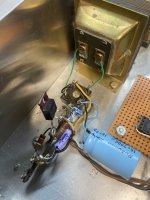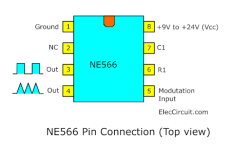Im very new to the world of electronics and pedal building. However, I’ve recently been given a DIY signal generator from a friend and I’d like to 1) get it working and 2) use it for signal tracing and diagnostics. I already made a probe and am using a phone app for a signal, but I think it would be cool to give my friends old gear some use.
Where do I begin in accomplishing these two goals?
Where do I begin in accomplishing these two goals?


